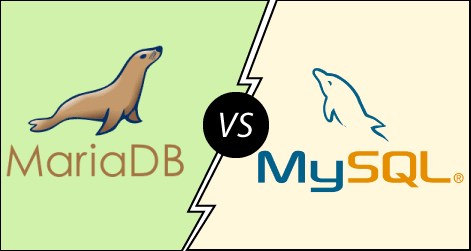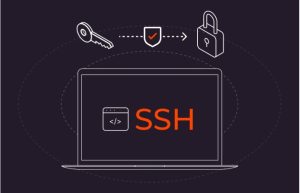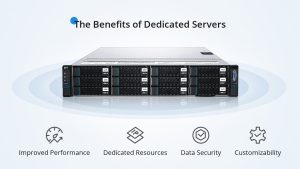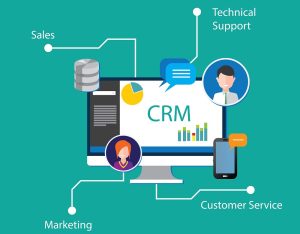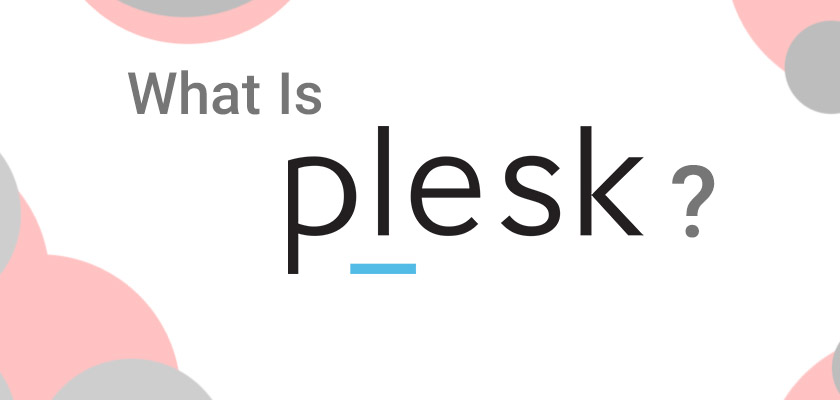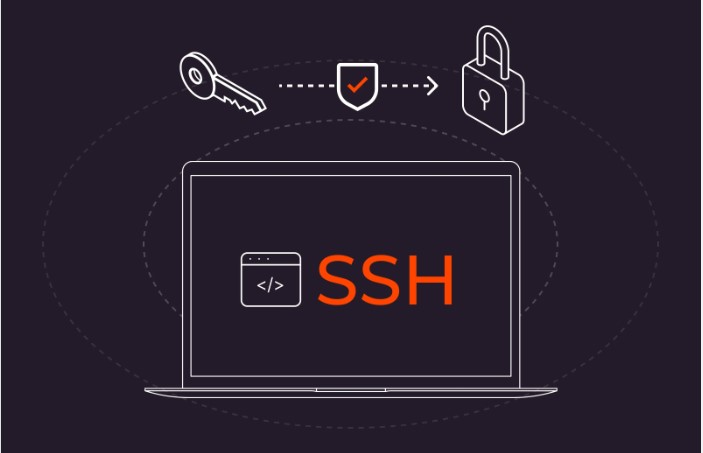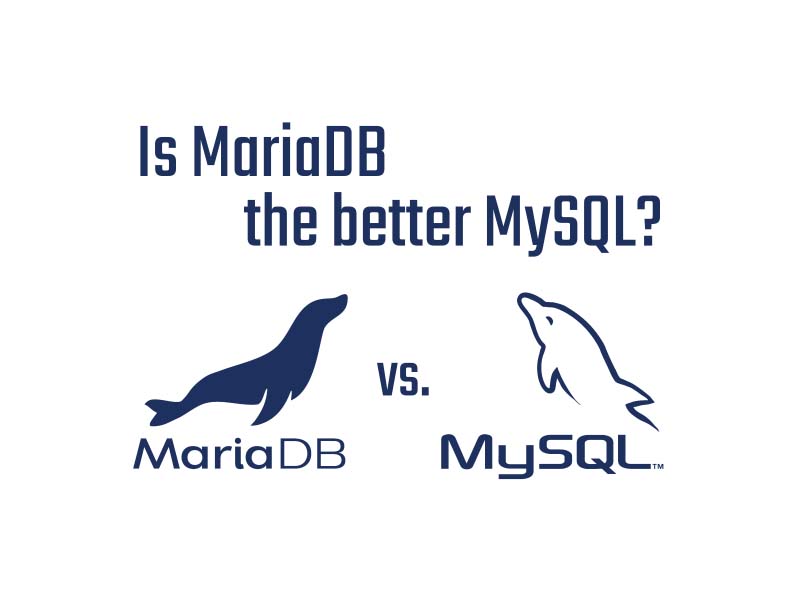
Features that differs between MariaDB and MySQL
MariaDB and MySQL are both open-source relational database management systems (RDBMS) that share a common origin but have diverged over time. Here are the key differences between the two:
1. Origin and Licensing
- MySQL: Originally developed by MySQL AB, it was acquired by Sun Microsystems and later by Oracle Corporation. It uses a dual-license model: open-source (GPL) and proprietary.
- MariaDB: A fork of MySQL, created by the original developers after Oracle’s acquisition of MySQL. It is fully open-source under the GPL license.
2. Development and Governance
- MySQL: Governed by Oracle Corporation. Development decisions are influenced by Oracle’s business interests.
- MariaDB: Community-driven with active contributions from independent developers, ensuring transparency and community-focused development.
3. Compatibility
- Binary Compatibility: MariaDB aims to remain compatible with MySQL, making it easy to switch between the two. Most MySQL tools, libraries, and connectors work seamlessly with MariaDB.
- SQL Compatibility: Both databases support the same SQL syntax and features for most use cases, but MariaDB has introduced additional features that may not work in MySQL.
4. Features
- MariaDB:
- Advanced storage engines like Aria, ColumnStore, and MyRocks.
- Progressive features like window functions, JSON support improvements, and query optimizations.
- More plugins and dynamic features that don’t require server restarts.
- MySQL:
- Focuses on stability and backward compatibility.
- Some features, like Document Store (for JSON) and proprietary tools, are exclusive to MySQL.
5. Performance
- MariaDB:
- Often provides better performance for complex queries and large-scale data handling due to its optimizations.
- Asynchronous replication and parallel query execution.
- MySQL:
- Performance is strong but may lag behind MariaDB in some specific scenarios, depending on the workload.
6. Replication
- MariaDB:
- Supports more advanced replication methods, including Galera Cluster for synchronous multi-master replication.
- MySQL:
- Traditional asynchronous replication and proprietary clustering solutions like MySQL Cluster.
7. Release Cycle
- MariaDB:
- Faster release cycles, ensuring quicker access to new features and updates.
- MySQL:
- Slower release cycles, focusing more on stability and enterprise-grade features.
8. Enterprise Support
- MySQL:
- Backed by Oracle, offering robust enterprise support for businesses.
- MariaDB:
- Community and commercial support are available, with a strong focus on the open-source community.
9. Default Configuration Differences
- MariaDB often has different default settings optimized for modern hardware and workloads compared to MySQL.
10. Popular Use Cases
- MariaDB:
- Preferred by developers who prioritize open-source solutions and advanced features.
- Used by companies like Wikipedia and Google.
- MySQL:
- Popular for applications requiring Oracle’s enterprise support, such as legacy systems or large-scale corporate databases.
Which database would be better ?

The choice between MariaDB and MySQL depends on your specific needs, use case, and preferences. Here’s a guide to help you determine which is the best for your situation:
When MariaDB is Better
MariaDB might be the better choice if you:
- Value Open Source Freedom
- MariaDB is fully open-source, with no proprietary restrictions.
- It is ideal for those who prefer community-driven development and transparency.
- Need Advanced Features
- MariaDB supports advanced storage engines (e.g., Aria, ColumnStore, MyRocks).
- Features like window functions, Common Table Expressions (CTEs), and parallel query execution are included.
- Require High Performance
- MariaDB often outperforms MySQL in complex queries and high-transaction environments.
- Better replication options like Galera Cluster for multi-master replication.
- Seek Faster Updates and Innovation
- MariaDB has a quicker release cycle, meaning you get new features and fixes faster.
- Don’t Rely on Oracle Ecosystem
- If you don’t need proprietary tools from Oracle, MariaDB’s open-source tools and connectors may suffice.
When MySQL is Better
MySQL might be the best choice if you:
- Rely on Oracle’s Ecosystem and Support
- MySQL integrates seamlessly with other Oracle products.
- It’s backed by Oracle’s enterprise-grade support, making it reliable for corporate environments.
- Prefer Stability Over Cutting-Edge Features
- MySQL’s slower release cycles focus on long-term stability and compatibility.
- Use Proprietary MySQL Features
- Exclusive features like MySQL Enterprise Backup and MySQL Document Store are only available with MySQL.
- Have Legacy Applications
- Older systems may be tightly coupled with MySQL and harder to migrate to MariaDB.
- Operate at Scale in Traditional Environments
- MySQL’s strong support for traditional replication and clustering is a reliable choice for some enterprise setups.
Types of hosting is suitable for databases
The type of hosting suitable for databases depends on the scale, performance requirements, and use case of your application. Here’s an overview of the main hosting options and their suitability for databases:
1. Shared Hosting
- Best For: Small websites or personal projects with minimal database load.
- Pros:
- Affordable and easy to set up.
- Comes with pre-installed database management systems (e.g., MySQL, MariaDB).
- Cons:
- Limited resources (CPU, RAM, and storage).
- Shared environment can lead to performance bottlenecks.
- Use Case: Blogs, small e-commerce sites, or lightweight applications.
2. Virtual Private Server (VPS) Hosting
- Best For: Medium-sized applications or businesses requiring moderate control and scalability.
- Pros:
- Dedicated resources ensure better performance than shared hosting.
- Root access allows customization of database configurations.
- Can handle moderate traffic and queries.
- Cons:
- Requires some technical knowledge for server management.
- Limited scalability compared to cloud hosting.
- Use Case: Medium-sized e-commerce sites, CMS platforms, or custom applications with moderate traffic.
3. Dedicated Hosting
- Best For: High-traffic applications or mission-critical databases.
- Pros:
- Complete control over hardware and software.
- High performance, as resources are not shared.
- Can handle heavy database workloads and complex queries.
- Cons:
- Expensive compared to other options.
- Requires advanced technical expertise for setup and management.
- Use Case: Enterprise-level applications, big data, or large-scale e-commerce platforms.
4. Cloud Hosting
- Best For: Scalable and high-performance database applications.
- Pros:
- Elastic scalability: Resources can be scaled up or down as needed.
- High availability with redundancy and failover mechanisms.
- Pay-as-you-go pricing model.
- Managed database services (e.g., AWS RDS, Google Cloud SQL, Azure Database).
- Cons:
- Can be more expensive for small projects if resources are underutilized.
- Data transfer costs can add up for high traffic.
- Use Case: SaaS applications, large-scale web applications, real-time analytics, or global apps requiring distributed databases.
5. Managed Database Hosting
- Best For: Developers or businesses that want to offload database management.
- Pros:
- Providers handle backups, updates, monitoring, and scaling.
- Optimized for performance and security.
- Supports various database engines like MySQL, MariaDB, PostgreSQL, and MongoDB.
- Cons:
- Higher cost compared to unmanaged solutions.
- Limited customization in some cases.
- Use Case: Companies focusing on application development without managing infrastructure.
6. Colocation Hosting
- Best For: Enterprises with specific hardware and software needs.
- Pros:
- Complete control over hardware and database configurations.
- High security and reliability.
- Cons:
- High upfront costs for hardware.
- Requires in-house expertise for setup and maintenance.
- Use Case: Businesses requiring dedicated infrastructure for compliance, security, or performance.
